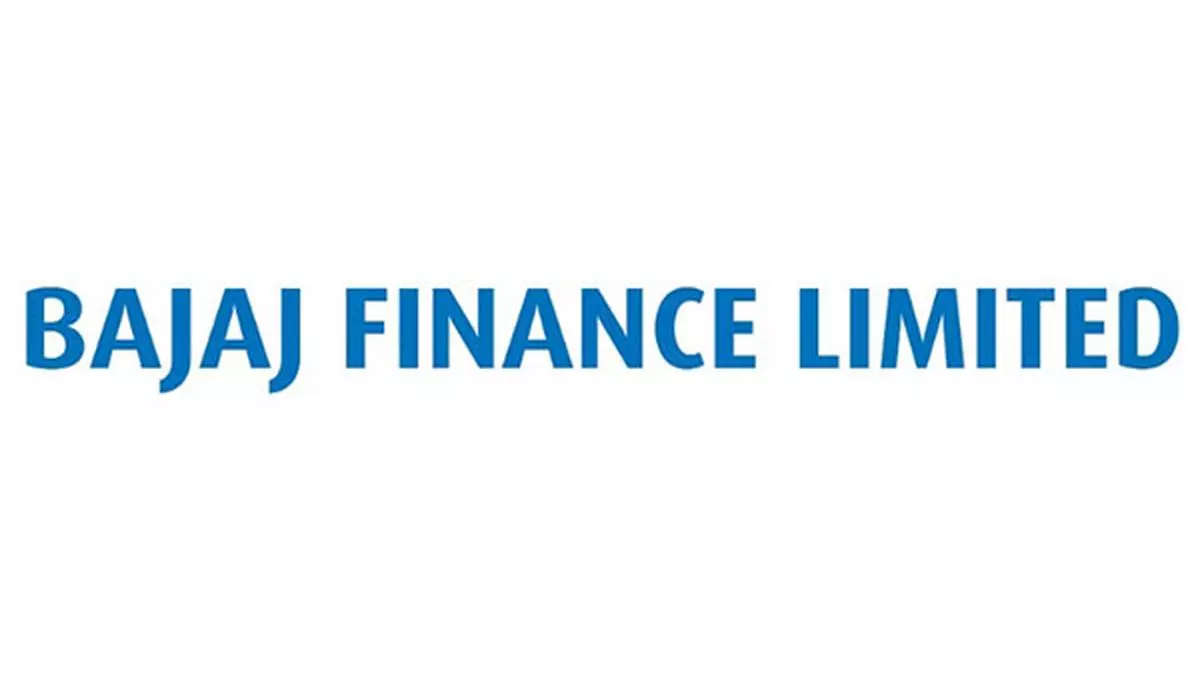Shares of Bajaj Finance slumped over 5 per cent on Tuesday after the NBFC highlighted rising stress in its rural and urban B2C loans portfolios in its Q3 earnings. On January 30, the stock fell 5.4 per cent to Rs 6,805 on the NSE. However, it later pared some less to close 5.1 per cent lower at Rs 6,825.
Credit costs in the urban B2C portfolio remained elevated, with the company attributing it to lower collection efficiency. The management said that the hit on collections is a “transient phase” and the overall risk across portfolios continues to be low.
As such, given the rising stress in unsecured loans at a system level, the NBFC has been cutting the exposure to urban B2C loans by Rs 450-500 crore each quarter. The portfolio growth slowed to about 29 per cent yoy in December 2023 from 32-33 per cent in March 2023.
AUM growth in rural B2C loans slowed to 10 per cent yoy in December 2023 from 26 per cent in March 2023 due to risk actions undertaken by the company, which said that this signals a need to improve and prioritise risk mitigation till growth picks up.
Bajaj Finance said that retail and SME loans constitute about 86 per cent of the overall loan portfolio and by 2025 the NBFC should be able to offer all retail and MSME products other than agri loans. Going ahead, ticket size for rural loans should remain at Rs 1.25-3.00 lakh, whereas for urban loans the ticket size should be at Rs 2-4 lakh.
It expects credit cost to remain anchored at around 175-185 bps, similar to pre-COVID levels. The higher credit costs also reflect the “reasonable changes made to provisioning policies” at the company such as customer level GNPA figures, it said.
“Credit costs were higher than expectations at 169 bps, and 189 bps adjusted for management overlay of Rs 150 crore. This was attributable to higher provisions in the rural and urban B2C (personal loan) segment where GNPAs have increased around 40 bps over the past two quarters,” Macquarie Research said in a note.
While Bajaj Finance continues to scale down growth in rural B2C (excluding gold loans), higher provisions for urban B2C book due to lower collections combined with some pressure on NIMs should lead to a decline in ROA (return on assets) to below 5 per cent for some quarters, it added. RoA for Q3 was 4.9 per cent, 50 bps lower on year and 26 bps on quarter.
Bajaj Finance said there is significant overlap in the MSME and commercial lending segment, and the focus is now on categories such as LAP and auto loans, adding that non-retail growth is bringing stability to the overall balance sheet.

